|
Victoria's Secret's CEO, Jan Singer, is stepping down -- and Forbes speculates it may be connected to rival brand ThirdLove's open letter in the New York Times about inclusion. Singer, a female CEO, will be replaced John Mehas. (I don't mean to "assume his gender," but I'm pretty sure he's a dude -- I thought it was cool when a lingerie company had a woman at the helm.) I'm not sure what this means for the future of VS... but part of me is worried about the future of the Victoria's Secret and its fashion show. We've already established that I'm "basic" (see also: If You're Not Stoked For Pumpkin Spice Latte Season, I Feel Sorry For You)... but I like that VS is an affordable "luxury brand." Whether it's a true luxury brand is debatable -- but, come on! Those rich, deep woods. That mood lighting. Vintage-replica lightbulbs and daybeds. Over-sized custom chandeliers, lingerie inspired detailing, iconic supermodel imagery. Pink! It's a fun shopping experience. Maybe it's not for everyone. Some people would be overwhelmed by this aesthetic. Some people are too large or too small to shop in-store. But... That's fine! Because not every brand is for everyone. I'm pretty sure no brand has ever successfully designed for every size ever, because it's a hard problem. And I'm pretty sure no brick-and-mortar store can handle inventory from size 000 Petite to 30 Tall. It's a matter of common sense. As I wrote in Dear Tim Gunn: The Designers Are Right.Plus-Size Fashion is Hard, and No Two 16s Are Alike: The cost of clothing is determined more by materials than labor -- it costs more money to make bigger clothes (duh), and more of your resources get tied up in garments on racks. In order to be successful, a retailer has to have what you need... but show you what you want. I may walk into a store because I need a brown pair of boots. But if, while I'm browsing, I also see adorable mittens and a sparkly shawl that I want, you're going to make more money. But if your entire floor is covered with the same, like, 5 items, but in every possible size, you're not going to be able to make as much money. (Lululemon tried to solve this problem by keeping some of the larger sizes in a back room, but this was labeled fat-phobic and not-inclusive.) Meanwhile, more of your capital is tied up in inventory. Another thing about plus sizes is... Unlike height, which is distributed normally:
From: Usable Stats
Weight is not distributed normally: So, yes. It's popular to say things like, the "average" woman is a size sixteen, so we should have models who look like her and clothes that fit her. But in this case, "average" might not mean anything. Say you've got a group of five women, weighing 120, 135, 140, 200, and 235 pounds. Their average weight is about 166. Which is... no one in that sample. If you want to sell clothes, make money, and stay in business, you've got to think about the mode. Look at this graph. What size/weight appears the most often? This is the number that will enable designers/retailers to make the smallest number of sizes that fit the most people. Lots of people fit into each smaller size. Large people span a huge number of sizes, with fewer fitting into each size. In other words, many clothing retailers can't really afford to carry inclusive sizes. Those who do often carry "plus sizes" that are less tailored than the smaller sizes, because the clothes are meant to fit a wider range of bodies. (In other words, a size 16 would fit more like an XXL than a true 16.) This is an unfortunate problem for plus-size women -- and one that companies like ModCloth and Gwynnie Bee (to name a few) are solving. And, one cool thing they've got going for them is shitty competition -- meaning they're better positioned to grow and innovate. (For example, Gwynnie Bee isn't just a retailer -- it's also a subscription-based rotating closet, so you never have to wear the same thing twice. I'm about a week into my 30-day free trial, and I'm super happy with the experience so far.) For these reasons, I'm not really deeply offended that Victoria's Secret and other popular brands only offer certain sizes (including, I might add, tall sizes -- which I buy, since I'm 6'0) online. I'm also not offended in the slightest about their iconic fashion show. I mean, look at these ladies: They're toned. They're gorgeous. They're dressed in waaaayyyyy over-the-top lingerie costume thingies. What's not to like?! Oh, right. I forgot. Because I'm a woman, these images are supposed to... make me feel bad? Because they... "set unrealistic standards" or something? What I find offensive isn't the existence of skinny women, but the stereotype that such women can, do, or should make me feel bad. Like, ew! What a gross, infantilizing, and inaccurate stereotype! (It's almost as bad as that dumb, "When men talk about problems, they want solutions; when women talk about problems, they're just whining" stereotype.) In fact, I think this stereotype is significantly more harmful than images of these gorgeous models. As I wrote in Dear Well-Meaning Parents and Educators: Stop Giving Girls Self-Esteem Problems: Kids don't look at these images and compare their (pre-pubescent) bodies to Jasmine and Ariel. Kids don't look at Barbie and feel bad about themselves. Unless... (wait for it)... adults tell them to. The post continues: When you get all uncomfortable about skinny, beautiful women, your kids notice. When you kindly explain to your daughters that Cinderella is unrealistic and they shouldn't compare themselves to her, you send the message they are not, and will never be, as beautiful as Cinderella. That you find some cartoon character or adult actress more beautiful than your own daughters. That beauty is skin deep. And that if you are not beautiful, you should feel bad. Because skinny, beautiful people make people like you feel bad. Moreover, people have gotten weirdly touchy about complimenting children (specifically, female children) on their looks. But, as I wrote in "Experts" Are Saying Not To Call Your Child Beautiful. Here's Why They're TOTALLY Wrong: 1. Kids are highly aware of attractiveness from the time they're born. The other thing is, like it or not, there are "real women" who look like Victoria's Secret models. Just like there are real women who look like Gwynnie Bee models. When I compare the images of the former to the images of the latter, I'm pleased. I find the women representing both brands to be beautiful. Mostly, I love the way their personalities shine through their smiles, and how they exude such confidence. Whatever you look like, I think it's totally possible to #ChooseBeautiful, because beauty comes in so many different forms. (But if you don't/can't, that's fine, too. Self-esteem doesn't really correlate with anything important, anyway.) I just don't think that every brand can cater to every body type and aesthetic at all times. Trying to do so is a recipe for disaster. Plus -- okay, I've never sat and watched a full VS fashion show. But as I was clicking through this one, I really loved how the models support and cheer for each other. And Harry Styles was there, and it was all totally nuts. I may not be someone who strives to be "sexy" -- even that time I went to a pole dancing class, I felt way more "silly" than "sexy," because "sexy" is just not who I am: But I can appreciate Victoria's Secret (and Wagon Wheel covers; and Candytopia, Ice Cream Museum, and other "vapid" pop-up experiences; and popular tourist sites) for what it is... Then walk past the Bombshell push-up bras and lacy g-strings to pick up my skin-colored, wireless t-shirt bra.
7 Comments
I agree that no brand can be all things to all people.
Reply
12/3/2018 11:51:46 am
I prefer comfy (like I said, I'm a wireless t-shirt bra kind of girl), but think VS offers lots of comfy, cute bralettes -- especially on the Pink side of the store, which is targeted at younger shoppers.
Reply
cat observer
12/3/2018 10:24:22 pm
Victoria's Secret makes you feel good about yourself because you're attractive. If you were ugly it would make you feel bad about yourself and you would call it sexist.
Reply
12/6/2018 10:52:35 am
Doubtful. See, I'm not the kind of person who becomes jealous and spiteful of other people.
Reply
Katie
12/31/2018 09:41:17 pm
Hmm. I briefly worked at VS in the early oughts when it was still a Big(ish) Deal and their Pink line was new. They aren't failing because their line isn't inclusive (although that certainly doesn't help the perception of their brand, and I remember hearing the same complaints nearly 20 years ago); they're floundering because their aesthetic is dated and tacky and they haven't kept up with a new retail landscape. As a sales associate, we were taught to steer people who didn't fit into our line into their "sister size", which was a garbage calculation I can't remember anymore (and our bra measuring lesson was probably all of four minutes long, so the initial calculation was probably off anyway!). Plenty of potential customers walked out empty-handed when we tried to get them into a bra that didn't remotely fit. Those of us who are critical or just over VS aren't all just a bunch of jealous, fat uggos, though you seem to think so. As a woman who easily fits into straight sizes and can easily afford what they're selling, I haven't shopped there in years because their designs are frankly tacky and overpriced.
Reply
1/3/2019 10:11:24 am
Can you show me the part where I said anything about jealous fatty fuggos? I don't remember that part. I *do* remember calling VS affordable, so if you think my argument had something to do with the price, you may have misread something. (Though if they're intentionally selling people bras that don't fit right, I'm not surprised they're losing customers. What kind of long-term strategy is that?!)
Reply
12/9/2023 03:11:57 pm
What an awesome post, I just read it from start to end your blog post, An informative blog.
Reply
Leave a Reply. |
About the Author

Eva is a content specialist with a passion for play, travel... and a little bit of girl power. Read more >
Want to support The Happy Talent? CLICK HERE!
Or Find me on Patreon!
What's Popular on The Happy Talent:
Trending in Dating and Relationships:
What's Popular in Science: Playfulness and Leisure Skills:
Popular in Psychology and Social Skills:
Categories
All
|
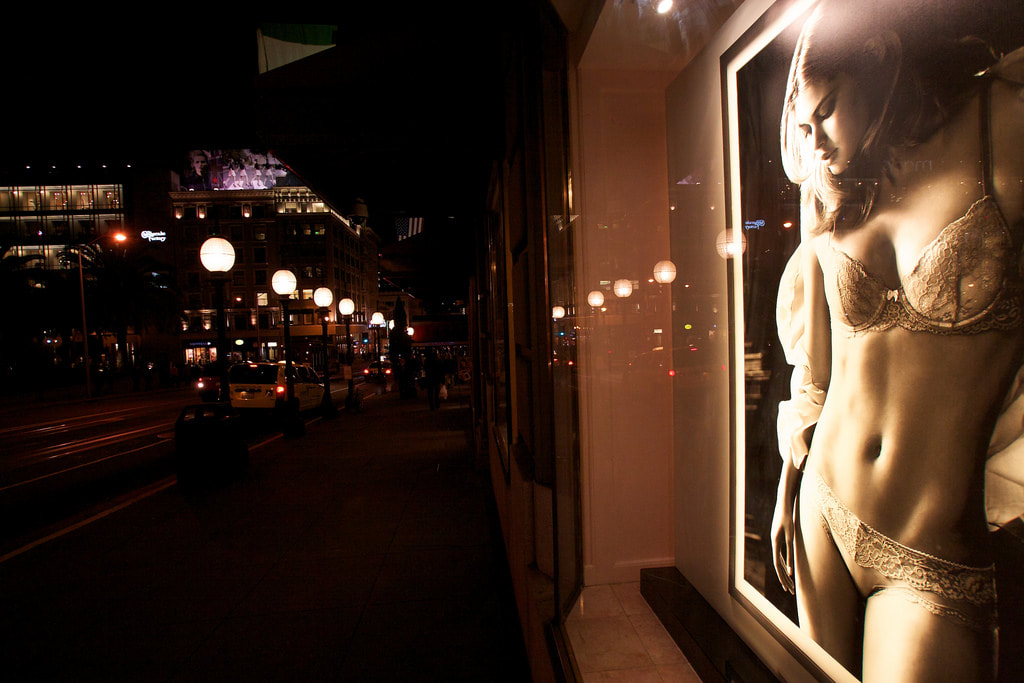
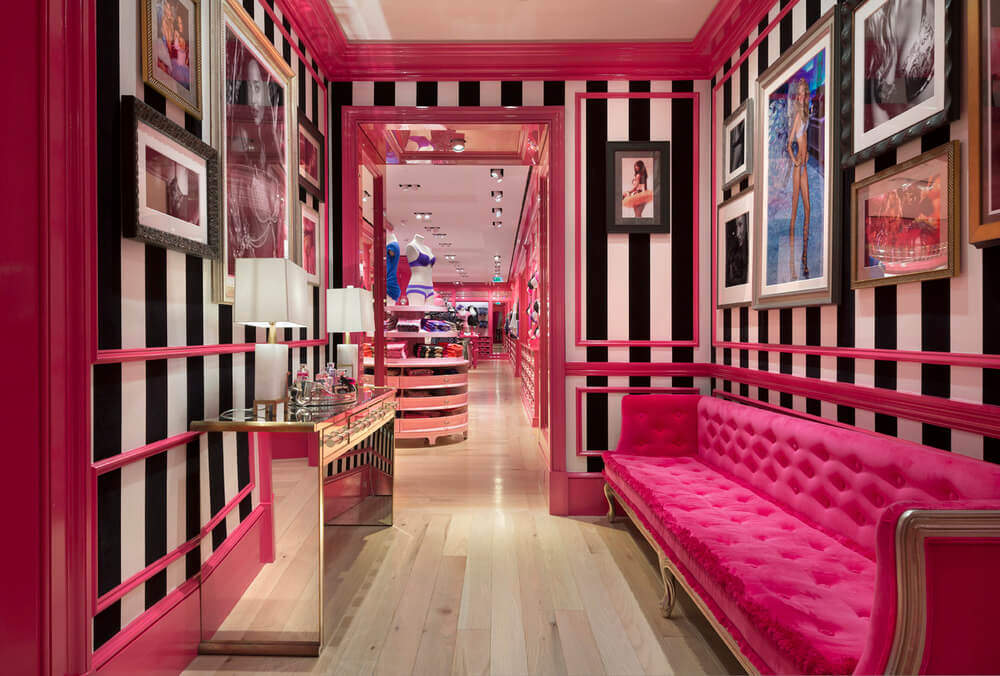
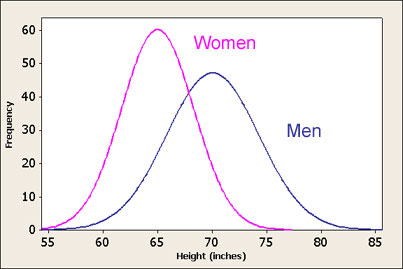
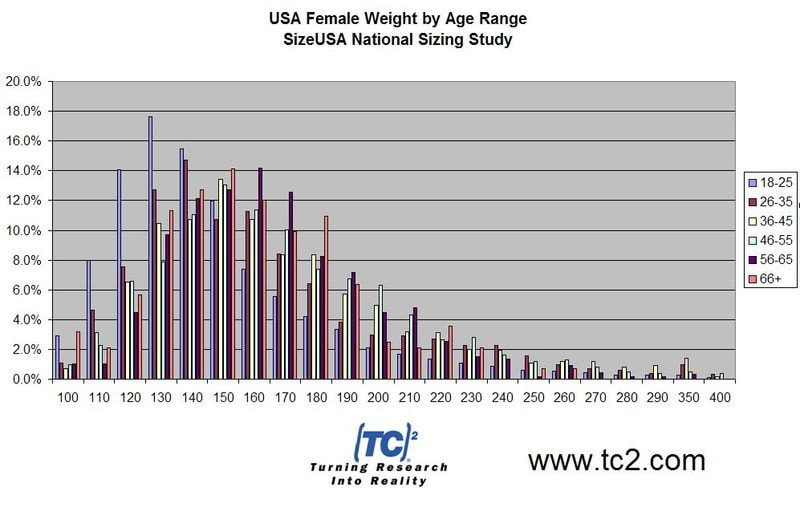
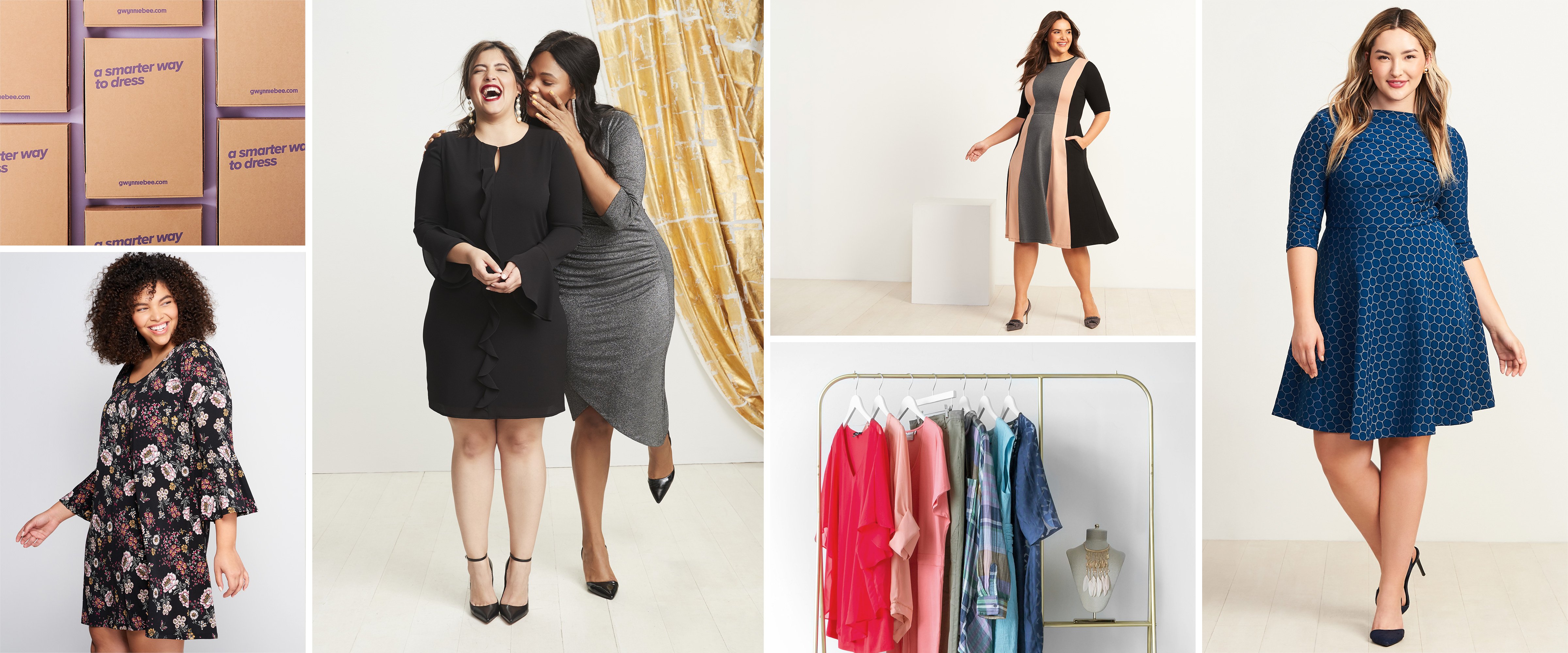
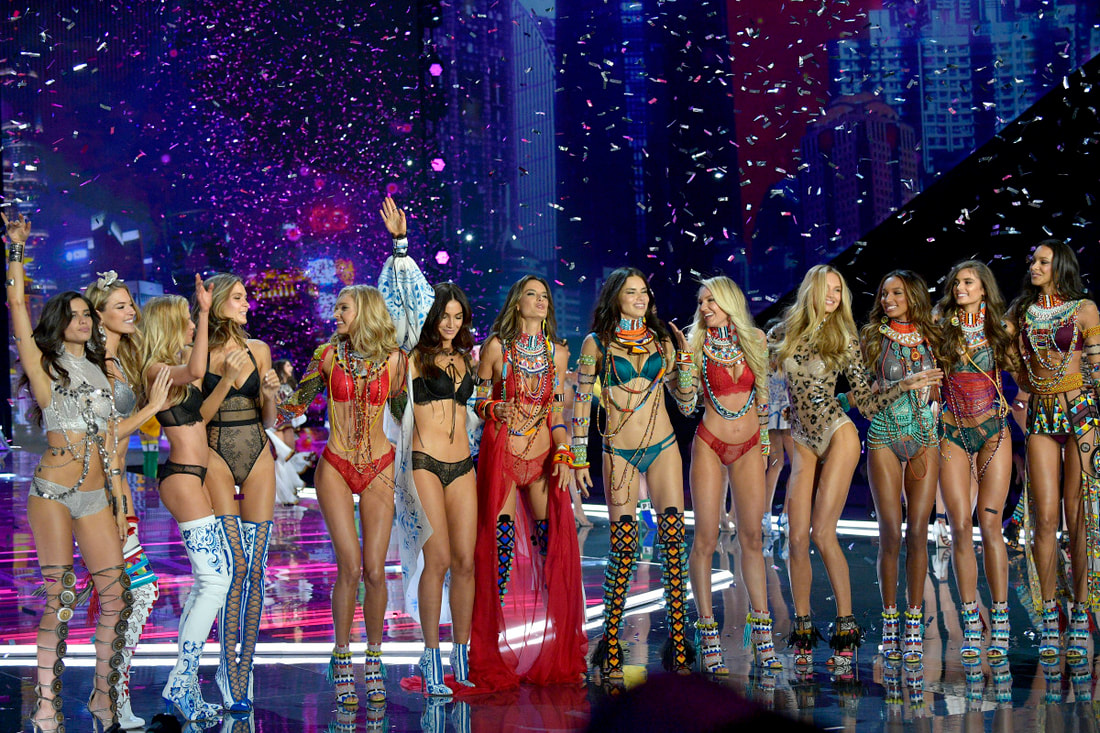
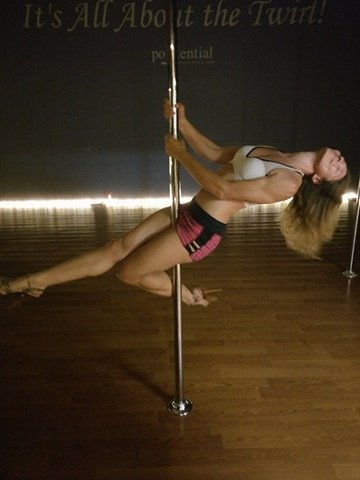
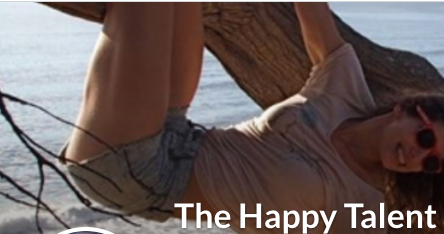
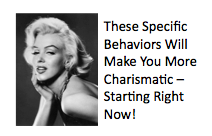
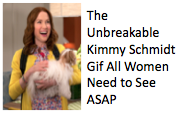
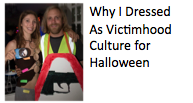
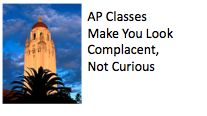
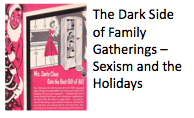
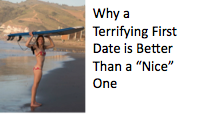
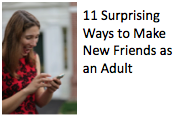

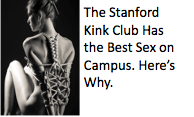


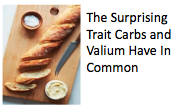


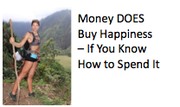
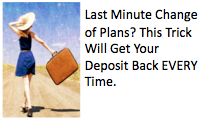
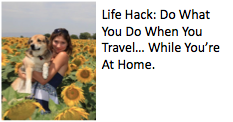
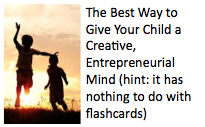
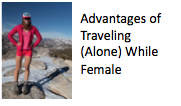

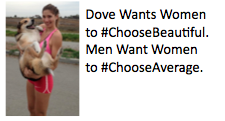
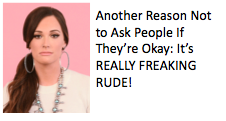
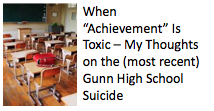
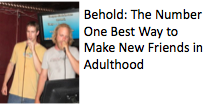
 RSS Feed
RSS Feed